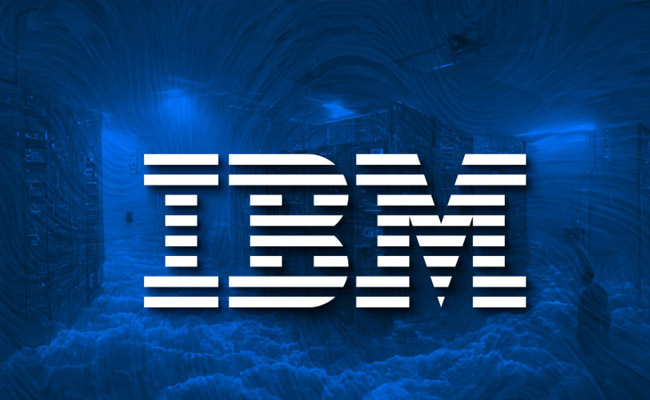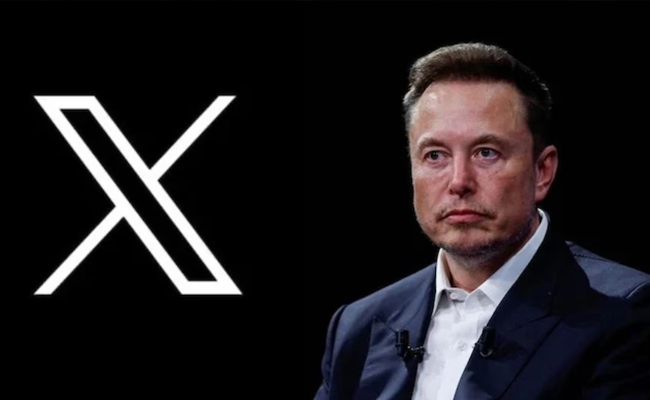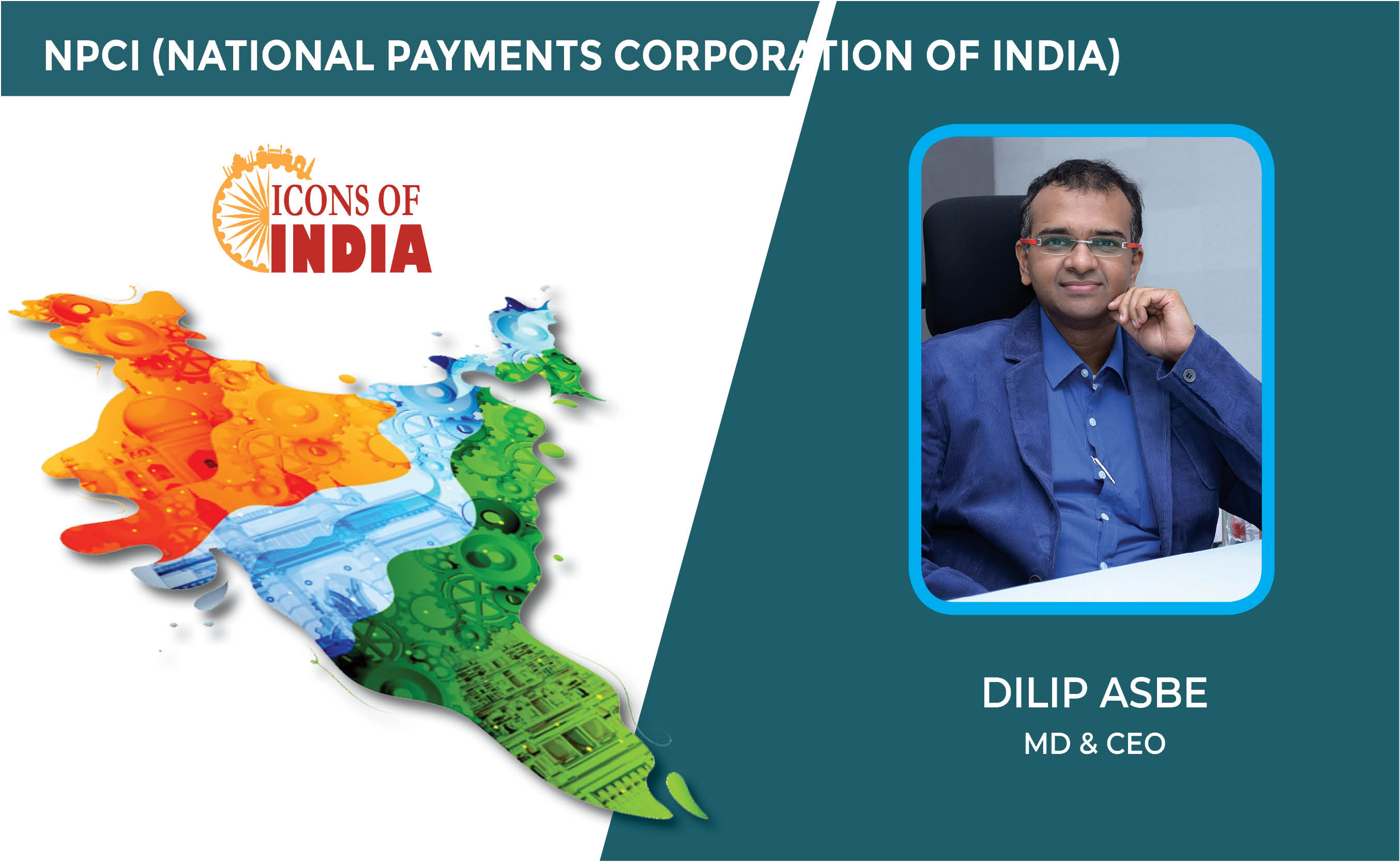IBM announces to invest $100 million to develop 100,000-Qubit Quantum-Centric Supercomputer
By MYBRANDBOOK

IBM announced a 10-year, $100 million initiative with the University of Tokyo and the University of Chicago to build a quantum-centric supercomputer powered by 100,000 qubits.
Quantum-centric supercomputing is an entirely new, and as of now, unrealized, era of high-performance computing. A 100,000-qubit system would serve as a foundation to address some of the world's most pressing problems that even the most advanced supercomputers of today may never be able to solve.
To usher in this powerful new paradigm, a global collaboration and an activation of talent and resources across industries and research institutions is being initiated. By partnering with the University of Chicago, the University of Tokyo, and IBM's broader global ecosystem, IBM will work over the next decade to advance the underlying technologies for this system, as well as to design and build the necessary components at scale.
"Over the past several years, IBM has been at the forefront of introducing quantum technology to the world," said Arvind Krishna, Chairman and CEO, IBM. "We have achieved significant progress along our roadmap and mission to globally establish useful quantum technology, so much so that we can now, with our partners, truly begin to explore and develop a new class of supercomputing anchored by quantum."
"Achieving breakthroughs at scale in quantum technology requires deeply rooted and productive collaboration around the world and across a broad range of industry, academic, and government partners," said Paul Alivisatos, President of the University of Chicago. "Quantum information science and technology is at a crossroad where foundational discovery and technical innovation will combine to create real breakthroughs. The University of Chicago is thrilled to partner in this endeavor."
"We expect our partnership will lead to scientific breakthroughs, acceleration of the adoption of quantum computing for the coming era, and active engagement into the critical societal challenges of humanity. We also aim to contribute to the realization of a better future society by nurturing diverse talents," said Dr. Teruo Fujii, the President of the University of Tokyo.
Building the Blocks of Quantum-Centric Supercomputing
The plans for this quantum-centric supercomputer are expected to involve innovations at all levels of the computing stack, and encompass the convergence of the fields of quantum computing and quantum communication, as well as the seamless integration of quantum and classical workflows via the hybrid cloud.
Because such a computer has never been made before, the first step will be to lay out a blueprint. The design will have to integrate classical computers and quantum computers – a challenging task to date – as well as break new ground in quantum communication and computing technology.
By the end of 2023, IBM intends to debut three cornerstones of its necessary architecture for quantum-centric supercomputers. One is the new 133-qubit 'IBM Heron' processor. This processor is a complete redesign of IBM's previous generations of quantum processors, with a new two-qubit gate to allow higher performance. It will also be compatible with future extensions to enable modular connected processors to grow the size of the computer.
The second is the introduction of IBM Quantum System Two. The new flagship system is designed to be modular and flexible to introduce elements of scaling in its underlying components, including classical control electronics and high-density cryogenic wiring infrastructure. This system is targeted to be online by the end of 2023.
The third is the introduction of middleware for quantum, a set of tools to run workloads on both classical and quantum processors. This includes tools for decomposing, parallel execution, and reconstructing workloads to enable efficient solutions at scale.
Over the next decade, IBM plans to work with university partners and its worldwide quantum ecosystem to evolve how its quantum processors can be connected via quantum interconnects. This work will aim to enable high-efficiency, high-fidelity inter-processor quantum operations and a reliable, flexible, and affordable system component infrastructure to allow scaling to 100,000 qubits.


Legal Battle Over IT Act Intensifies Amid Musk’s India Plans
The outcome of the legal dispute between X Corp and the Indian government c...

Wipro inks 10-year deal with Phoenix Group's ReAssure UK worth
The agreement, executed through Wipro and its 100% subsidiary,...

Centre announces that DPDP Rules nearing Finalisation by April
The government seeks to refine the rules for robust data protection, ensuri...

Home Ministry cracks down on PoS agents in digital arrest scam
Digital arrest scams are a growing cybercrime where victims are coerced or ...


Icons Of India : Dr. Sanjay Bahl
Dr. Sanjay Bahl has around four decades of experience in the ICT indus...

ICONS OF INDIA : SRIDHAR VEMBU
Sridhar Vembu is the chief executive officer (CEO) of Zoho Corporation...

Icons Of India : Dilip Asbe
At present, Dilip Asbe is heading National Payments Corporation of Ind...


ECIL - Electronics Corporation of India Limited
ECIL is distinguished by its diverse technological capabilities and it...

RailTel Corporation of India Limited
RailTel is a leading telecommunications infrastructure provider in Ind...

GSTN - Goods and Services Tax Network
GSTN provides shared IT infrastructure and service to both central and...


Indian Tech Talent Excelling The Tech World - ARVIND KRISHNA, CEO – IBM
Arvind Krishna, an Indian-American business executive, serves as the C...

Indian Tech Talent Excelling The Tech World - Steve Sanghi, Executive Chair, Microchip
Steve Sanghi, the Executive Chair of Microchip Technology, has been a ...

Indian Tech Talent Excelling The Tech World - PADMASREE WARRIOR, Founder, President & CEO - Fable
Padmasree Warrior, the Founder, President, and CEO of Fable, is revolu...
 of images belongs to the respective copyright holders
of images belongs to the respective copyright holders